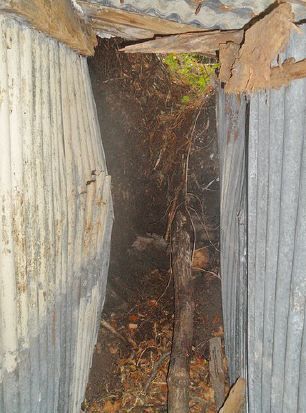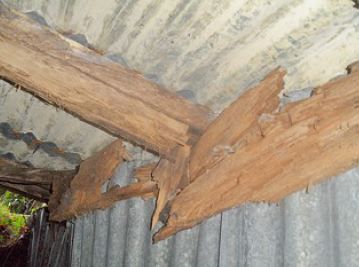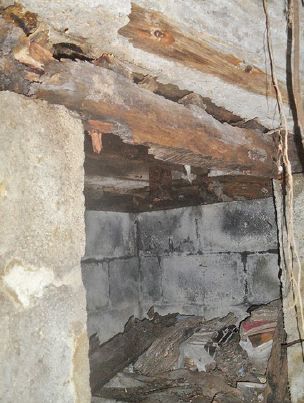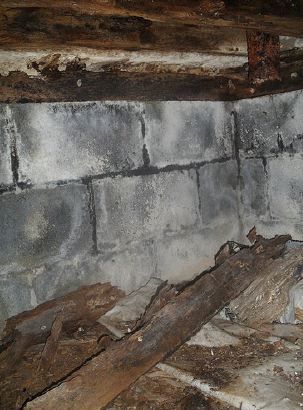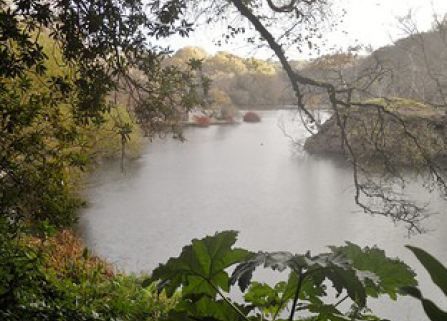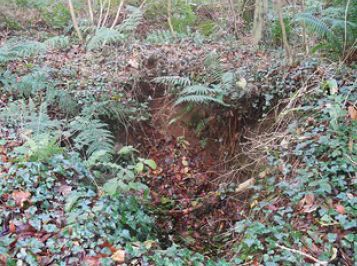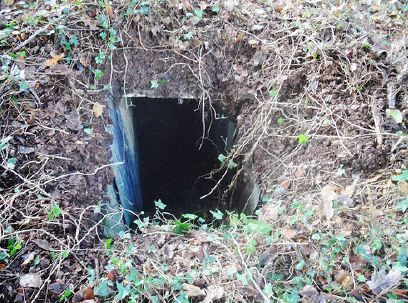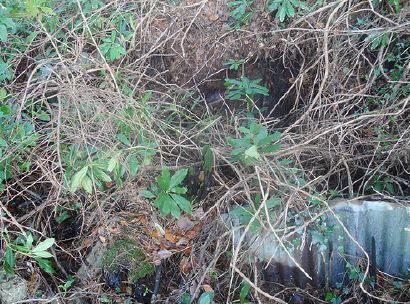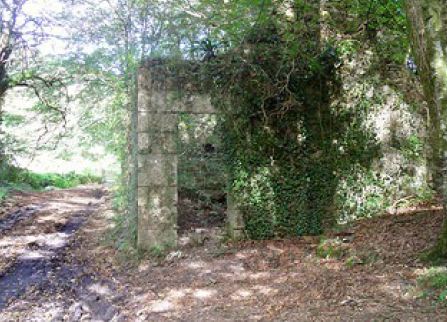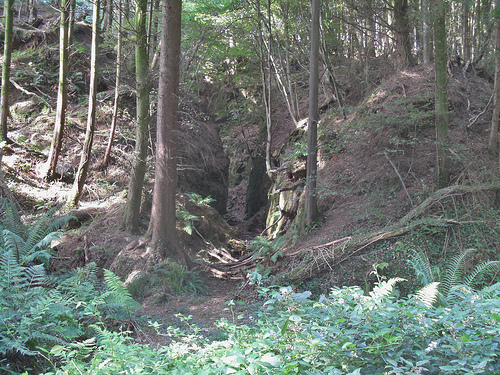St Blazey is situated 3 miles east of St Austell and 1 mile north of the port of Par with its harbour.
| Name | Occupation | Posted from | Until |
|---|---|---|---|
| Sergeant William Ernest Crocker | Railway lathe operator |
03 Jan 1941 | 03 Dec 1944 |
| Lieutenant Ardyn Harris | Salesman for oil company |
06 Jul 1940 | 27 Jun 1941 |
| Corporal Leslie Dyer | Steam engine driver |
20 Sep 1940 | 03 Dec 1944 |
| Private Percy William Ewart Barter | Stone mason |
23 Jun 1941 | 14 Jan 1943 |
| Private Ronald Denis Broad | Motor engineer |
20 Sep 1940 | 01 Jul 1943 |
| Private Thomas James Colliver | Laundry stoker |
20 Sep 1940 | 03 Dec 1944 |
| Private Reginald Joseph Grose | China clay truck driver |
17 Jul 1940 | 03 Dec 1944 |
| Private Reginald Walter Hobba | Farm labourer. 1941 Gas worker |
14 Jun 1941 | Unknown |
| Private Thomas Austin Kittow | Butcher and farmer |
14 Jul 1940 | 03 Dec 1944 |
| Private William Edsell Northcott | 06 Oct 1941 | 03 Dec 1944 | |
| Private Ernest George Redfers Williams | Asphalt road ganger |
20 Sep 1940 | 03 Dec 1944 |
The entrance shaft leads into an rectangular entrance tunnel made of corrugated iron supported on a wooden frame work. One wall was painted Magnolia ! The tunnel is approximately 3 foot wide and 6 foot long and without debris underfoot would have had a height of 6 foot.
To the left, at the end of the tunnel is a small area measuring 6 foot by 4 foot. Raised higher than the floor of the tunnel it is about 2 foot high making a block built chamber with a corrugated iron roof again supported by a timber frame. In the far right corner a metal pipe exits the ceiling. There was no obvious evidence of this pipe above the ground but the whole area was “spongy” underfoot. This could have been a storage area for explosives with a possible ventilation pipe.
The main body of the base has collapsed leaving loose voids in metal and block debris. Defence of Britain Database has the Operational Base main chamber recorded as a Nissen hut construction made from corrugated iron. One room measured 20 foot by 8 foot and was used as living accommodation. This housed four bunks made from timber and wire netting along with some crude chairs and a table. The rest of the information on the Operational Base and its location is thought to be inaccurate though it does mention a second small chamber.
It is not obvious where any escape tunnel could have emerged from.
The entrance shaft is vertical and without debris at the bottom would have been around 7 foot from ground to tunnel floor. There are no remains or evidence of a ladder. The landowner remembers the hatch being changed very frequently.
Slightly uphill and to the south of the OB, a large deep pit had been prepared. This was unlined and today is uncovered. The pit is approximately 6 foot by 6 foot and around 5 foot deep. It may have been the start of a weapons store. Lack of visibility makes an Observation Post at this location unlikely.
The present landowner remembers the OB was built by the Army along with help from his father. The first attempt by them was to dig down and join up with an old mining adit, close to where the base is now, and use that as a base. It is remembered that this proved too difficult and they gave up. Without proof it is difficult to say whether they did link up to form some form of escape tunnel.
The present owners father built a large shed fairly close to the OB. He intended it to be used as a chicken shed but the Patrol met more here than at the OB. The owners father had worked in mining in South Africa and as he (and his 7 year old son ) were well aware of the Patrol and OB on their land, his knowledge of explosives could have been utilised. The present owner recalls being given various “thunder flashes” as a lad to be used as fireworks and to celebrate V.J Day.
Within the area are two ponds that are the remains of china clay workings. The banks and troughs along the second larger pond were used as a rifle range by the Patrol. The ponds are private and now used for angling.
St. Blazey Patrol
Targets would have included the main rail line leading to and from the port of Par along with Par Harbour. Also possibly the main road leading out of the town of St Austell towards Liskeard and heading east out of Cornwall.
According to the Defence of Britain Database training for the Patrol was carried out in the area of “Old Forge” near to Rock Cottage, north of Prideaux Wood. This is right next to the railway line, very close to a stream and has many small mine shafts in the area ideal for storage.
Regional training took place at Porthpean in St Austell Bay carried out by the Scout Section. There were weekend training courses for setting explosives and grenade throwing.
It is assumed the Patrol were issued with the standard kit, weapons and explosives.
The land owner remembers explosives and weapons being delivered by the Army under the cover of darkness. As a 7 year old lad he was given the task of transporting weapons and explosives up the slope to the Operational Base using his “Dilly” (Go) Cart.
TNA ref WO199/3391
Hancock data held at B.R.A
1939 Register
Mr and Mrs John Rundle
Mrs V Bluett,
Alwyn Harvey and his work on the Defence of Britain database
